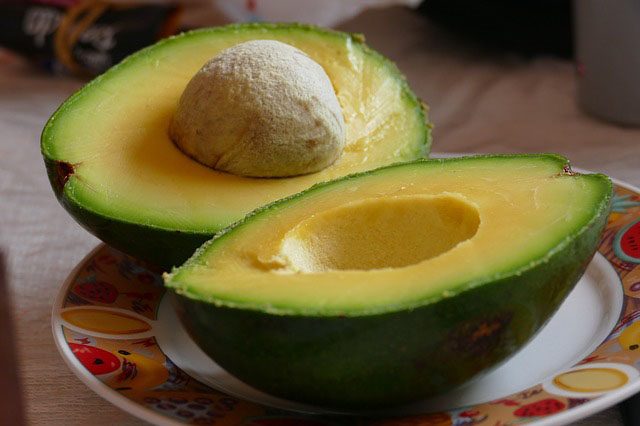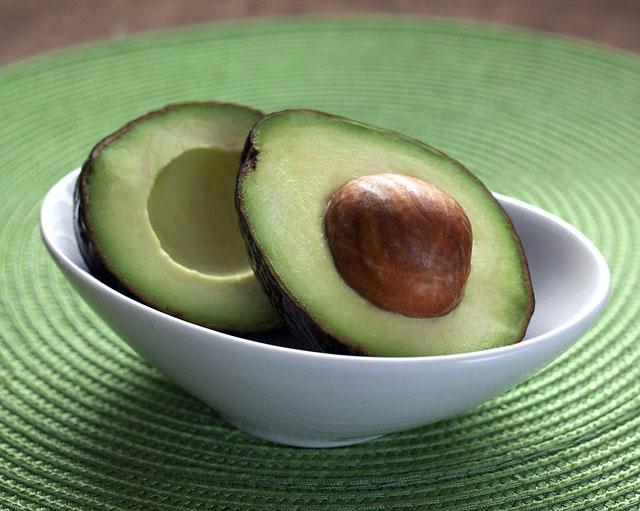
A viral tweet has called attention to how avocado is popular as a dessert in the Philippine cooking scene compared to Western culture.
Twitter user Kit B. shared a picture of an avocado dessert, where she mentioned that Westerners seemed to miss out on the alternative way of preparing the bland fruit.
i really dont understand why The West treats avocado like some sort of weird vegetable so they automatically miss out on the perfection that is avocado+banana+condensed milk ahh ?? pic.twitter.com/GrYWThAGCl
— Kit B. ? (@keetbee) May 16, 2018
Avocado, technically a fruit, is described by the University of California Agriculture & Natural Resources as having more Potassium than a banana and is among the fruits with the highest amounts of protein.
Kat B. followed up her tweet and clarified she did not intend to bash the Westerners.
the west has started to find and judge this tweet so heres some notes from ur friendly neighborhood fruit aunt pic.twitter.com/F6JKF4W9ZK
— Kit B. ? (@keetbee) May 17, 2018
Lots of people agreed with her insights and said that avocado as a dessert should be more marketed in other parts of the world.
Avocado in the Philippines
It was believed that the Spanish were the ones who introduced the fruit to the Philippines. Dr. Elmer Meril, former director of the Philippine Bureau of Science, noted that avocados came in the country before 1700.
It thrived in different provinces due to the Philippines’ tropical climate and type of soil.
The Freeman columnist Elena Peña acknowledged that avocados are common in the country like bananas. However, the former is seasonal while bananas are available throughout the year.
Avocados are usually prepared as a dessert, where Filipinos mix it with condensed milk, sugar and shaved ice, among others. It can also be prepared as ice cream, a milkshake or a smoothie.
In other cases—like what Twitter user Kat B. did—it is mixed with other fruits and added with condensed milk and sugar.
Other Philippine-based restaurants also prepare avocados as a viand or a meal itself but it is more popular as a dessert, making it a hit among Filipinos.

Medical anthropologist and health care reform advocate Gideon Lasco believes it is because Filipinos have a “sweet tooth.” He cited how sugarcane originated in the country and how it became a source of income in the colonial period.
“This heritage of sugar production hints at why Filipinos use sugar in everything. As historian John Larkin wrote, sugar manufacturers expanded the domestic market ‘by exciting the Filipino taste for their product’ through ad campaigns and free packets of sugar.”
“Sugar’s place as a status symbol, its sheer addictive quality, relatively cheap prices, and our being accustomed to high levels of it in our foods can thus explain why Filipinos have a sweet tooth,” Gideon wrote.
It is to be noted that avocados on its own are almost tasteless. This is because it contains a significantly lower amount of carbohydrates than other fruits such as bananas and apples. It affects the taste, making it more likely to be added with sweeteners like sugars and condensed milk.
Avocados in the United States
The fruit came to Americans’ heart through farmers in California who thought of growing avocados in the 1900s. Prior to that, it was already popular in Mexico and South America. They decided to test the fruit’s popularity in the US.
Eventually, the farmers called themselves the California Avocado Association and started to distribute the fruits in hotels. Even though it lacked sweetness, it became a hit among Americans.
As National Public Radio noted, it is “buttery, not sweet, somewhat nutty and oily in flavor; firm enough to be sliced or diced, yet pliable enough to be mashed into a paste or puree.”
Unlike in the Philippines, avocados are not usually found in desserts in the United States. They are most popularly known as the main ingredient in guacamole, which is a dip used for chips.
Avocados are also used in sandwiches and salads. They are also included in California maki rolls. Others may mash it and eat it with baked goods.
In the comments thread of the tweet, other non-Filipinos confirmed that they have never heard of avocados being mixed with condensed milk or sugar.
What culture is this from? Just genuinely curious and need to try it now!
— Faith Ashley (@DigiFatale) May 18, 2018
Mexican here. I've had avocado my whole life, but always savory, not once like this. Might give it a try.
— Mari (@Tsurupettayoujo) May 17, 2018
According to Bloomberg, avocados are becoming expensive in the US. Farmers in California and Mexico have gotten meager harvests in 2017 due to the dry season, among others.









